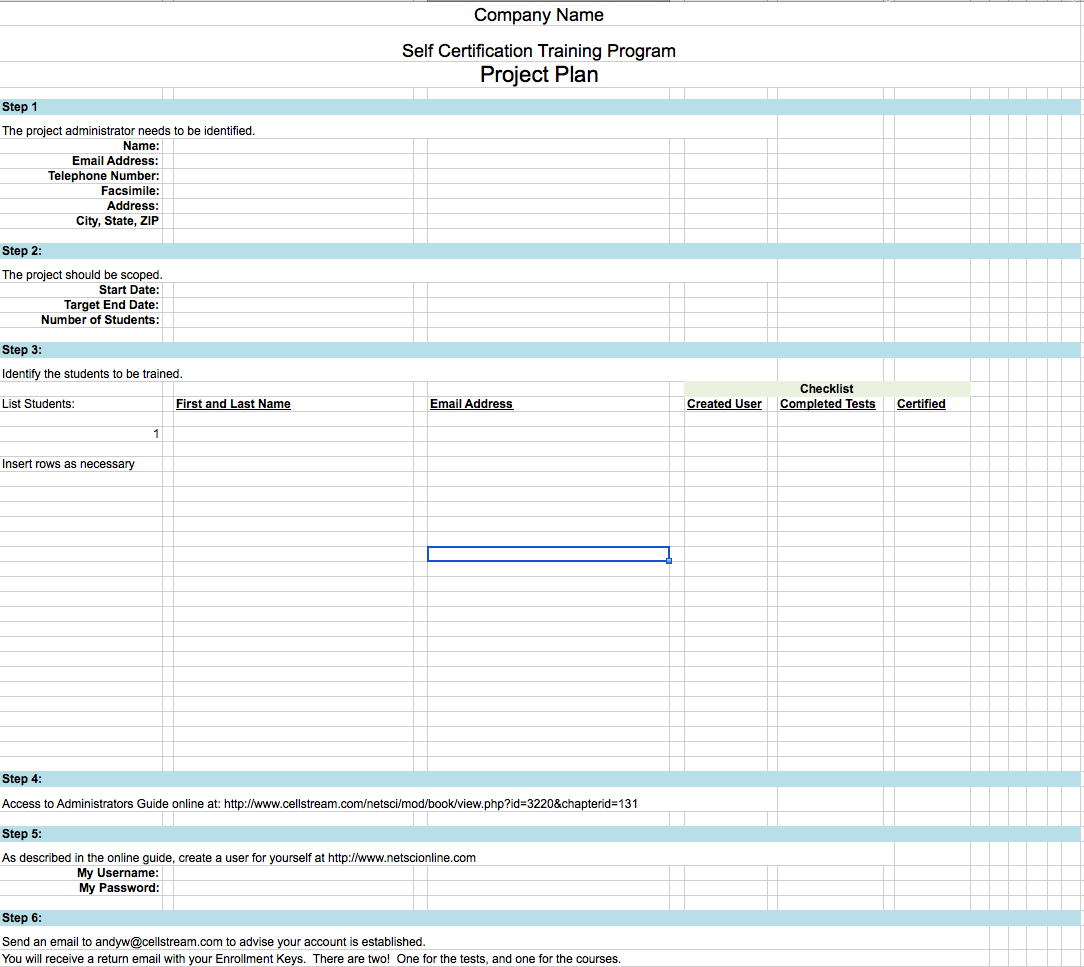Certification Program Administrator Guide
Online School of Network Sciences – Self Certification Program – Administrators Guide
Hi Administrators! Thanks for all you do in support of this program.
This document will walk you through a couple of things you need to do so you can view your company employee’s within the Program.
You can print this document if you wish - in the Administration block, select Print this chapter.
Getting Started
The first thing you must do (like your team members) is create an account at the Online School. It is free!
Here is a step-by-step process for how you create an account (if you already have an account, then all you should do is verify your account details by attempting to log in and making sure you know your user name and password; if you don’t, then create a new account):
Step 1: Open a web browser and navigate to www.netscionline.com
Step 2: At the top right of the Online School home screen - click the “log in” hyperlink:
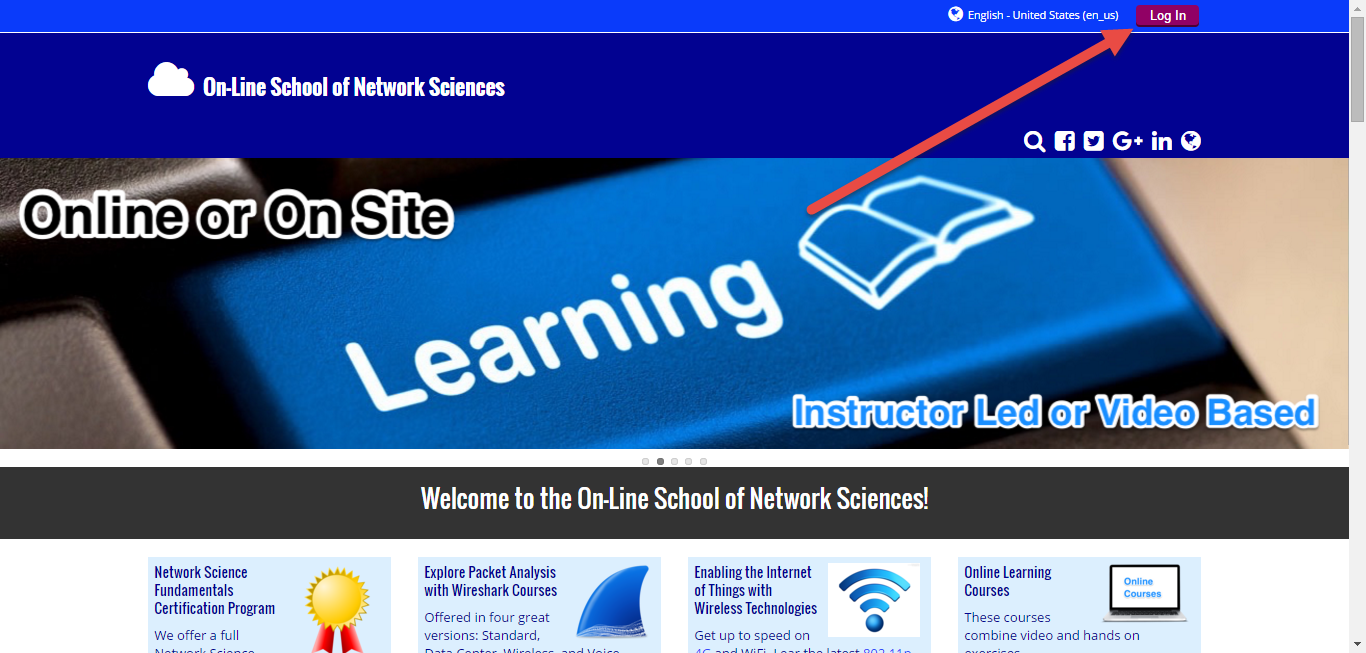
Step 3: Now select CREATE NEW ACCOUNT on the right side of the screen:
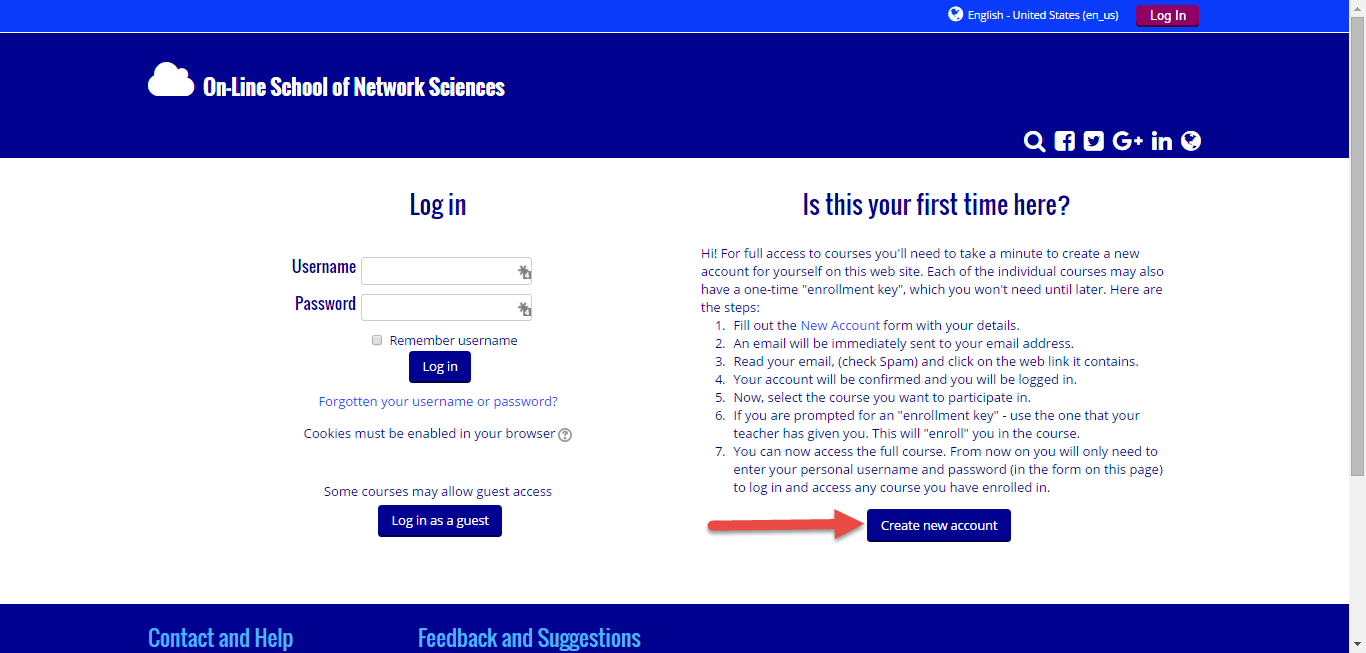
Step 4: Fill in the next screen with your personal details (make sure your password meets the criteria). The most difficult part here is the password. You must meet the criteria. You can check the unmask box to see what you are typing.
Once complete, click the CREATE MY NEW ACCOUNT button. We urge you to write down the username and password you created:
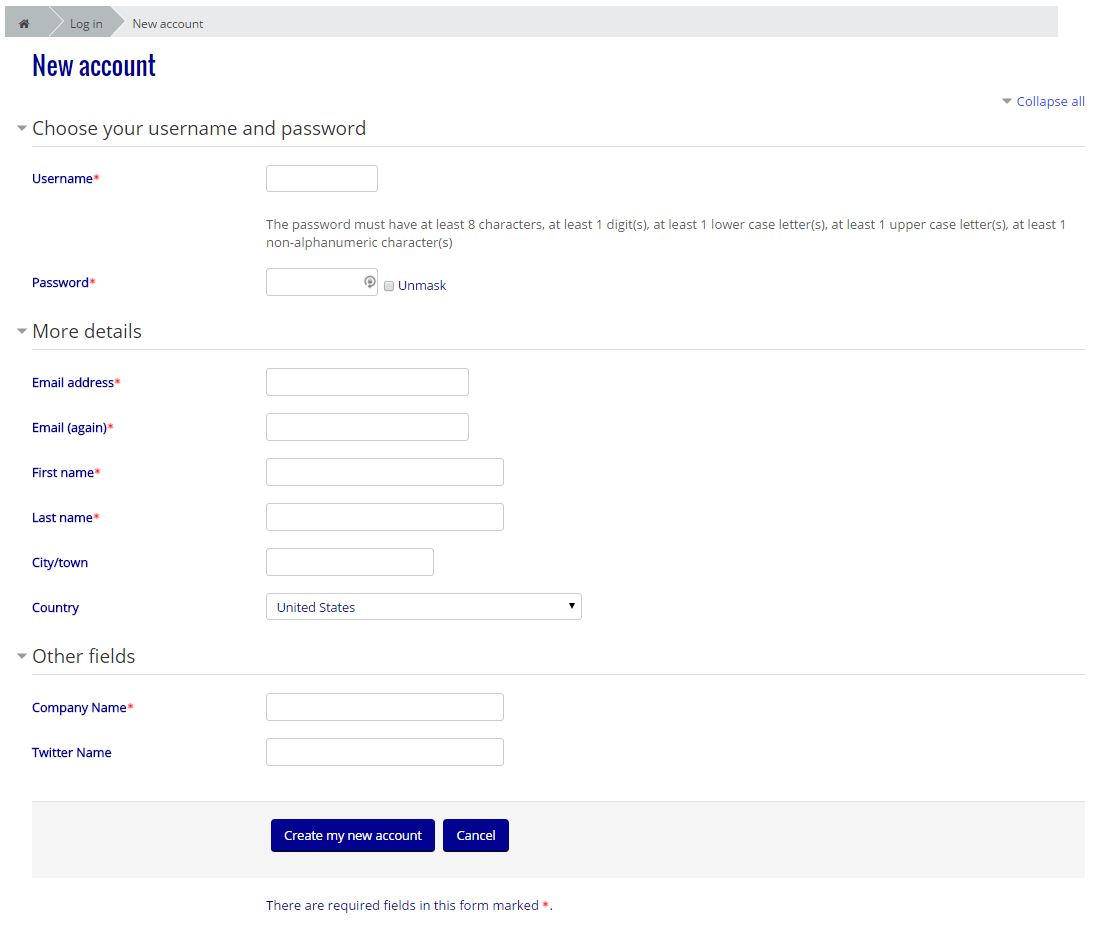
- You will receive a confirmation email to the email address you provided on the prior screen (check your spam or junk folder)
- Click on the link in that email to confirm your account.
- Now, you will either be logged in or you will have to log back in with the user name and password credentials you specified.
Congratulations you have registered and logged in! You will need to continue the process below.
What follows in this document are three important program administrator things:
- Accessing the Test Scores
- Testing possible New Hires
- Program Reporting Information
Accessing Test Scores
Once you have created your user at the Online School, the next step is to enroll in the Initial Network Skills Assessment (INSA) Tests so that you can view the team member scores.
You will not actually take the tests, of course, but enrolling will allow you to become a member of your team’s group, and then to see the scores.
Step 5: Enrolling in the Test Area
Make sure you are logged into the School of Network Science as explained earlier. You should see you are logged in on the top right of the screen, and you should appear in the Online Users block.
Step 6: Scroll down and in the Course categories, select/click the Network Science Certification Program and click on the folder:

Step 7: On the next screen select the Level 1 – Network Fundamentals – INSA Tests:
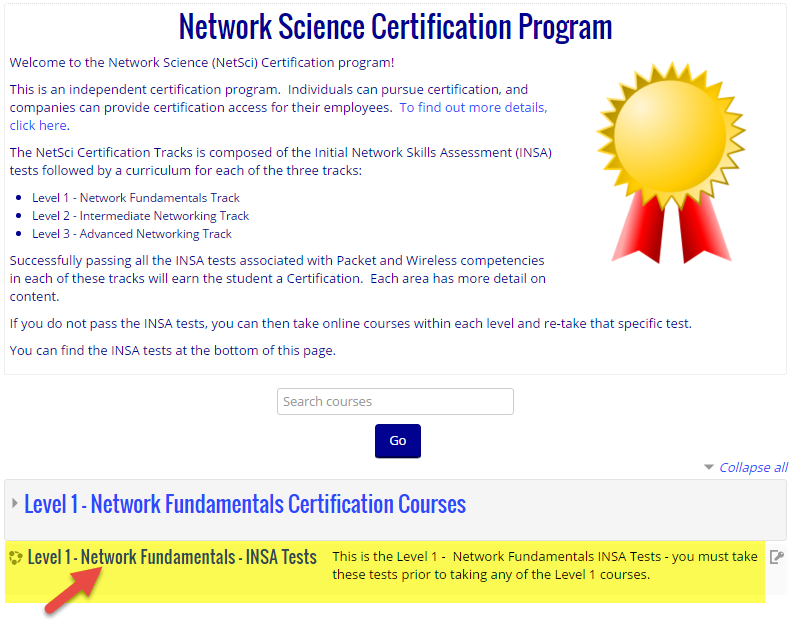
Step 8: The first time you do this, you will be prompted for an enrollment key. This is the enrollment key your company was provided for the testing. In future, you can skip to Step 10.
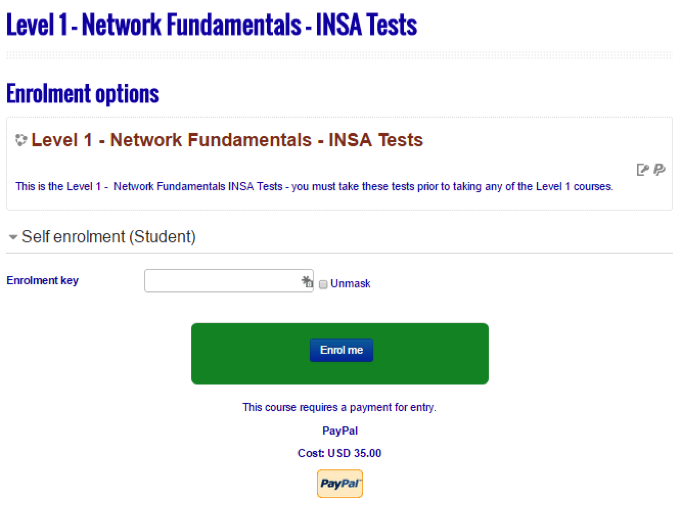
Enter the enrollment key and click “Enrol Me”.
The result of successful enrollment is the following screen:
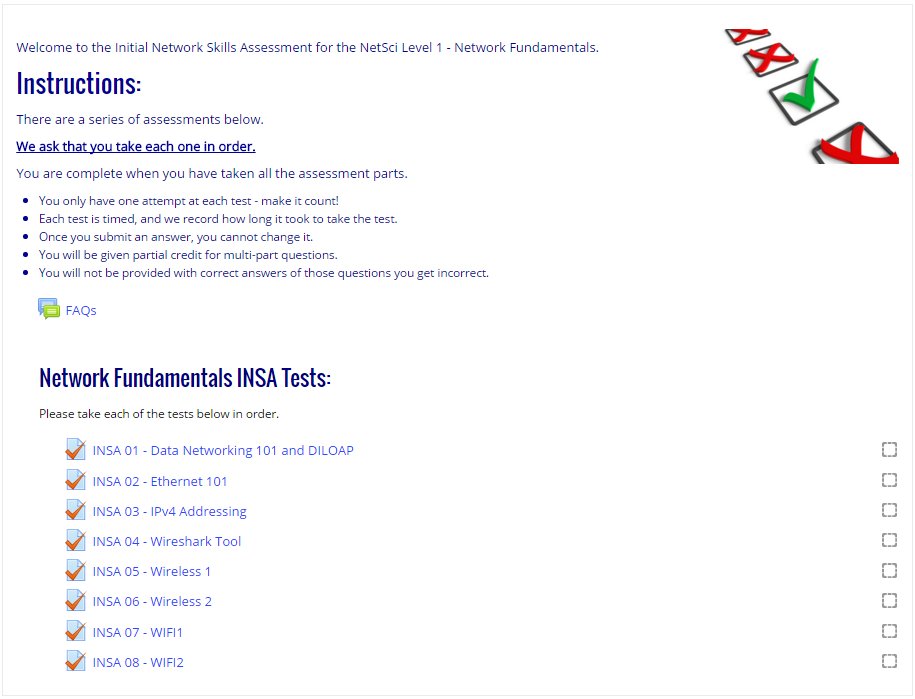
Step 9: Advise us you are enrolled. Send an email to andyw@cellstream.com.
What will happen next is you will get a reply email to advise your profile has been upgraded. Sometimes this response may take several hours, so it is OK to log out and log back in and navigate to this same place once you receive the email.
Step 10: Once you have received the email from us, you will see that your Administration Block, now has a new option in the Grades area:
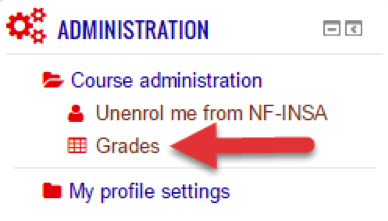
Step 11: Click on the Grades item and you should get the following screen:
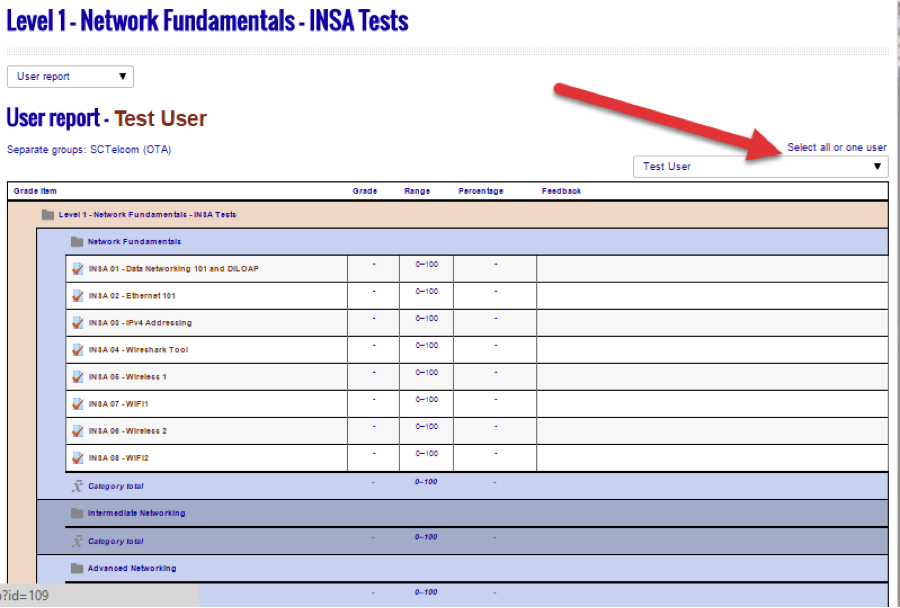
The default will be to show your user and you have no grades. The drop down box on the top left is where you can select individual users on your team, or select all users to see a complete list of the test grades.
Keep in mind these are their initial test scores.
As the learners complete the training classes and retake the tests, you will only see the updates from the Excel Report we will send to you separately.
Good Luck! We hope this helps you to access and administer the students through this self-certification process.
There is more information below on the method for testing potential new hires, and the program reports we will send you.
Using the Certification Program for Testing Possible New Hires
One of the things you can use the program for is to test new potential new hires to gauge their technical knowledge. This applies only to the testing area.
Please follow the steps outlined below to set up and perform such testing. Be sure not to release the enrollment key, not to reveal the username and password you will create to the potential new hire. If they are hired, they can create an individual account at the online school later and retake the tests as an employee.
There are two options:
- Option 1 is the new hire creates an account and you enroll them in the testing WITHOUT providing them the enrollment key. This requires they have an email account of their own.
- Option 2 is we create a “temporary” account that you provide the new hire with for taking the tests, and once you have the scores, we erase their test results.
Option 1
Step 1: Let’s assume we have a possible new hire named Mike Smith. You must have Mike Smith come into the office.
Begin by having Mike go to the Online School at www.netscionline.com .
Step 2: Mike will click on the Log In on the top right of the home screen.
Step 3: Mike then selects the Create New Account button on the next screen.
Step 4: Mike creates an account at the school with a user name and password and verifies his account using whatever email he selected.
Step 5: At this point – with Mike logged into the online school – you will take over and navigate Mike to the INSA Testing area and enroll him with your “key”.
DO NOT SHOW OR SHARE THE KEY!!!
Once enrolled, you can turn the system back over to Mike and show them the list of tests and instruct them to take all 8 tests.
Step 6: Let’s say Mike is done. He can log out of the system. You can then log in, navigate to the INSA tests and view Mike’s scores.
Done!
Important Notes: If you have the potential new hire do this remotely, you must give them the key (which is bad). Also, if you tell the new hire about this process up front, there is nothing that prevents them from logging into the online school with a different email, paying the test fee, pre-taking the tests, and then showing up at your office and doing better than they should have! Yes, it has happened.
Option 2
Step 0: You must contact us for Option 2 and let us know you desire to follow this process. We will need 24 hour notice to set up the temporary account(s). We can set up more than one. We will provide you with the account Usernames and Passwords, and we will pre-enroll these accounts to your group in the INSA Testing area.
Step 1: Let’s assume we have a possible new hire named Mike Smith. You can have Mike Smith come into the office or take the test remotely, but you will have contacted us to set up the temporary account(s).
Begin by having Mike go to the Online School at www.netscionline.com .
Step 2: Mike will click on the Log In on the top right of the home screen.
Step 3: You will provide Mike the temporary account information (Username and Password) to use.
Step 4: At this point – with Mike logged into the online school – you will tell Mike how to get to the INSA Testing area as the account is already enrolled in the test area and he will not be prompted for a Key.
You can show Mike the list of tests and instruct him to take all 8 tests.
Step 5: Let’s say Mike is done. He can log out of the system. You can then log in, navigate to the INSA tests and view Mike’s scores by looking for the temporary account username.
It is important for you to associate that temporary account with \Mike, as we will have no way to do this.
Step 6: Once you have documented the scores, send us an email to reset that account and the scores will be reset and the account will be removed – again give us 24 hours.
Done!
Self-Certification Program Reporting and Invoicing
In this section we will show you what you can expect from us with regards to overall Self-Certification Program Reporting and Invoicing.
Because the students take an initial set of tests to possibly test out of some courses, and then replace their non-passing scores with tests from the certification courses themselves, there is no one single place at the Online School where you can view your team’s progress.
Therefore, we will send you a monthly report in the form of a PDF document that provides an ongoing update. Here is a snapshot of such a report:

There are eight courses: DATA101, ETH101, IPv4ADDR, WIRESHARK1, WIRELESS1, WIRELESS2, WIFI1, and WIFI2. You will see these listed as columns on the right under the heading (in blue) Network Fundamentals.
Each course has the Initial Network Skills Assessment (INSA) Test score in the first of two columns for each class (this is the grey background column for each class). These are the scores you can view at any time when you follow the procedure detailed earlier in this document.
If the learner scores 79 or below, they must then take the class associated with that test.
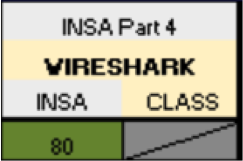 If the learner scores 80 or above, then they have “passed” that class and they are not required to take the class. Two things will be marked: first, their score is highlighted in green indicating a passing score, and second, the cell next to that passing score will be shown as a strike through:
If the learner scores 80 or above, then they have “passed” that class and they are not required to take the class. Two things will be marked: first, their score is highlighted in green indicating a passing score, and second, the cell next to that passing score will be shown as a strike through:
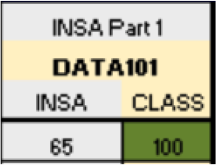 The yellow column in each class is the class score. If the learner has not passed the INSA test for that area, they must then enroll in the associated class. Each month we update these scores, and if they pass the test at the end of each class, that score replaces the original test score. In the example, the student scored a 60 on the initial test, then took the class, and scored a 100.
The yellow column in each class is the class score. If the learner has not passed the INSA test for that area, they must then enroll in the associated class. Each month we update these scores, and if they pass the test at the end of each class, that score replaces the original test score. In the example, the student scored a 60 on the initial test, then took the class, and scored a 100.
As before, passing scores will be highlighted in green.
The objective is to get all green passing status for all eight courses. Here is an example:

Once this happens, we will highlight the student’s name is yellow, and you can issue a certificate to that student.
Certificate templates will be sent so you can generate and print your certificates.
Invoicing
We will update the sheet for your team on a monthly basis. If there is little or no activity, you may not hear from us, that does not mean there has been no activity, just not enough to justify a report and invoice.
We track two things on the sheet: dates the testing was invoiced for each user, and courses invoiced for each user (each course is listed as P1, P2, P3…P8).

We hope this helps you understand the tracking spreadsheet and the process.



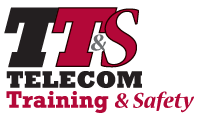






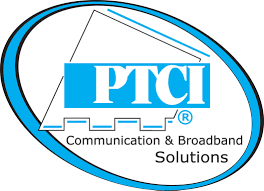




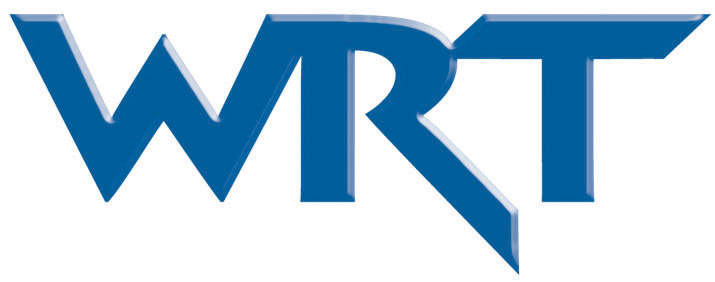
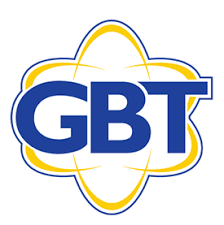



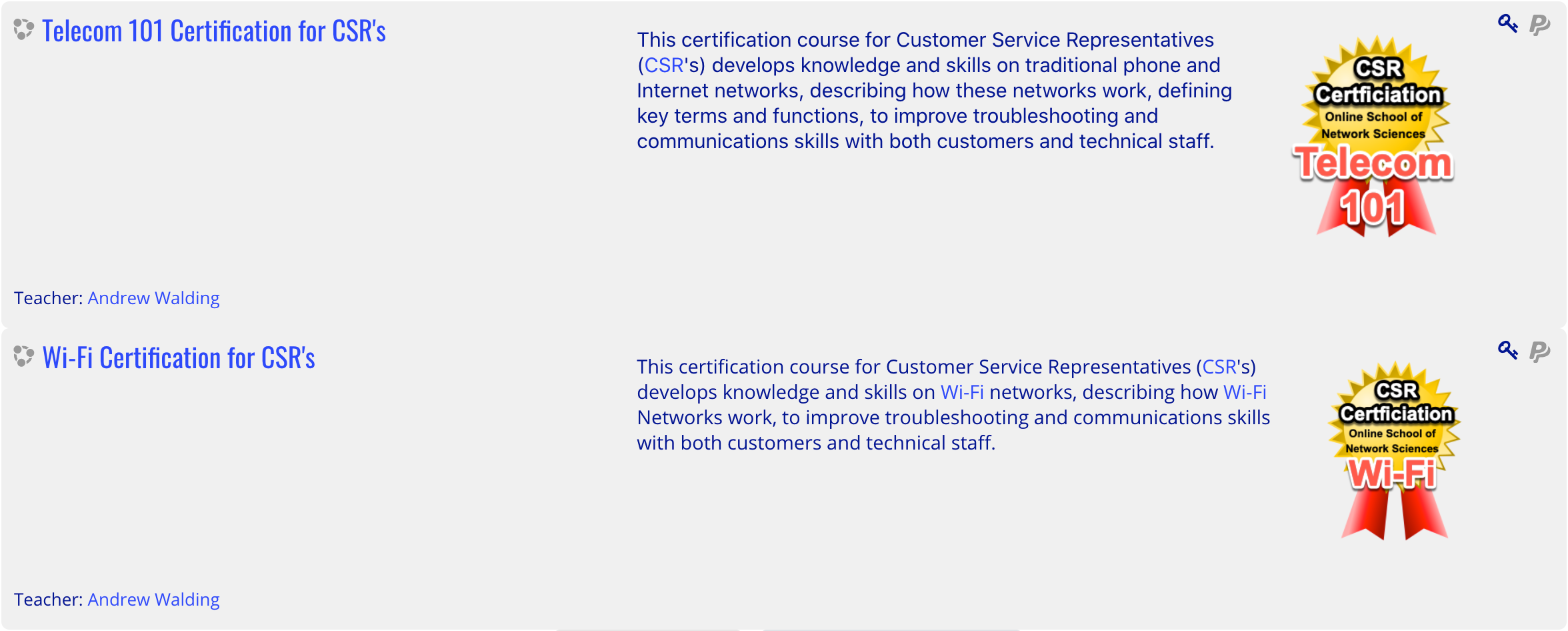
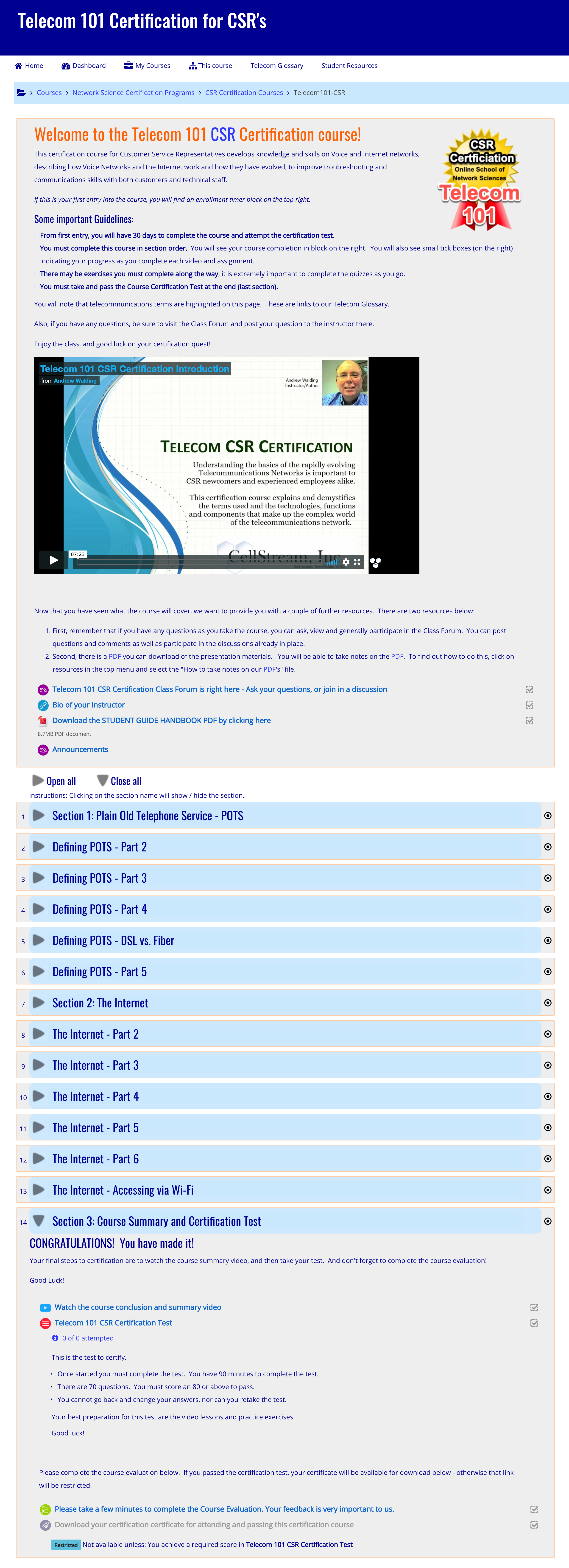
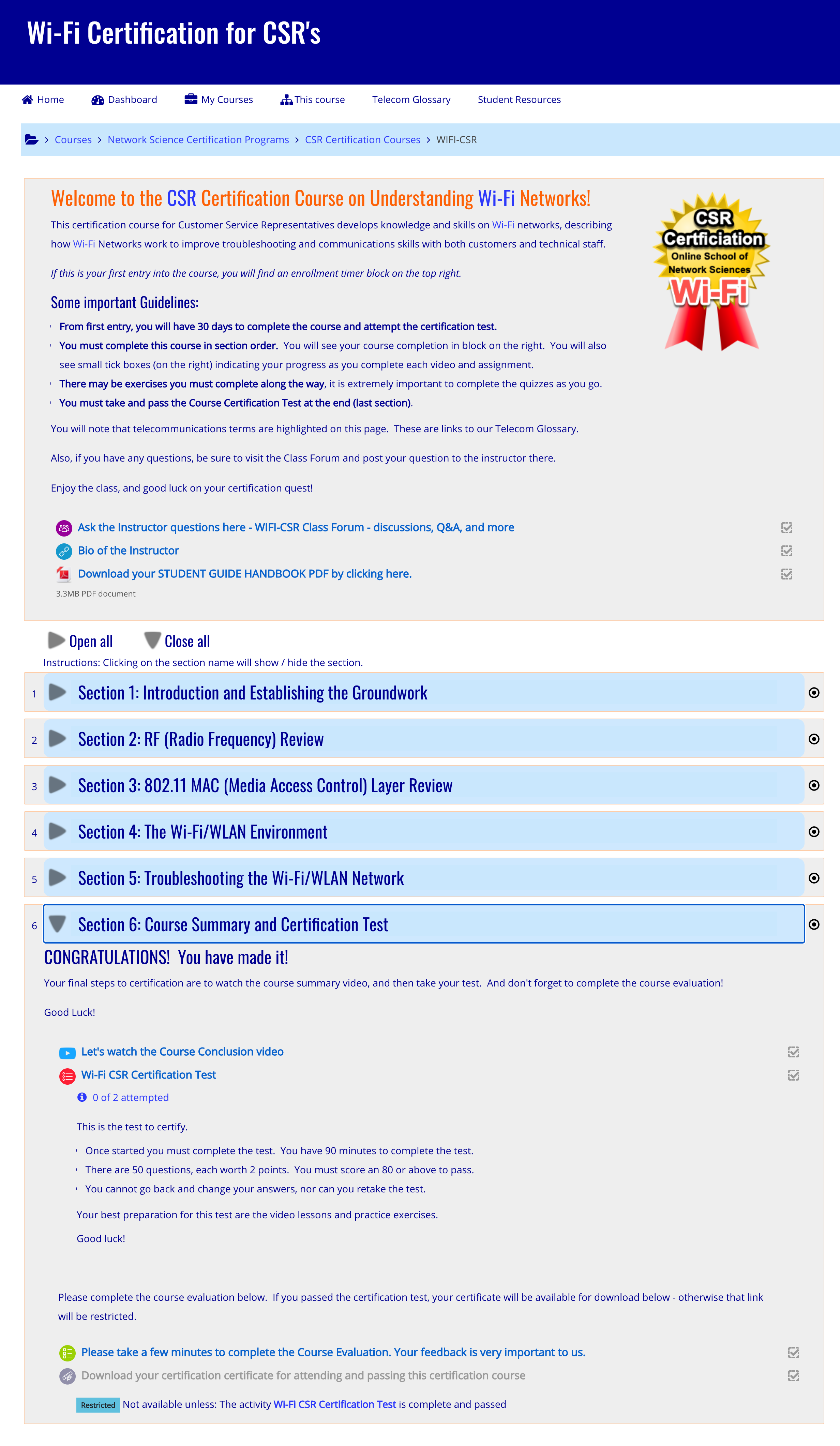
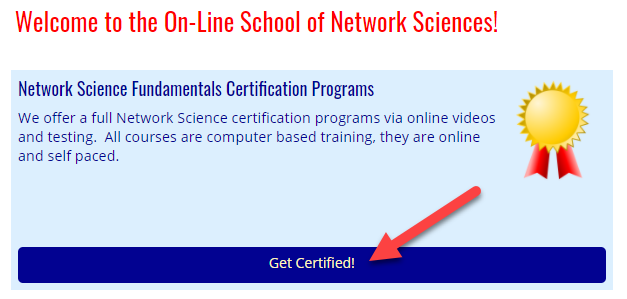
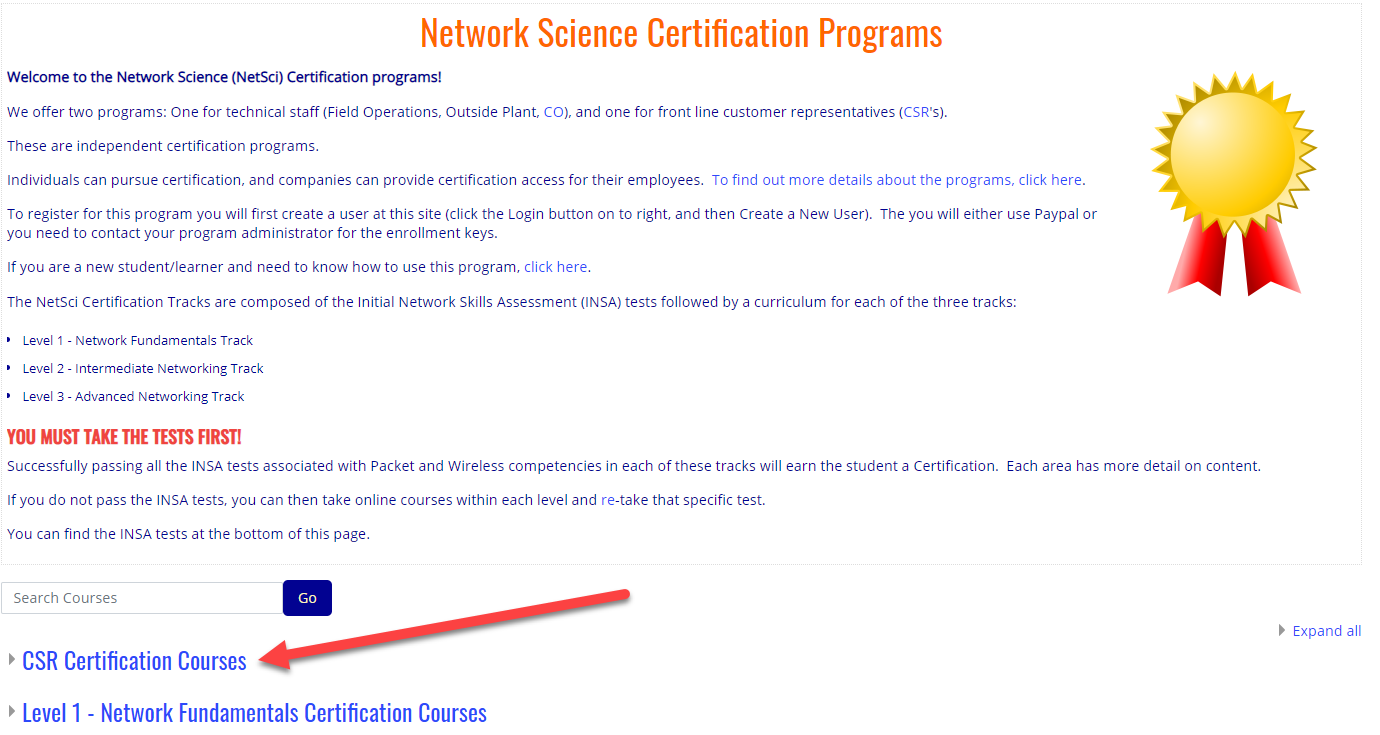
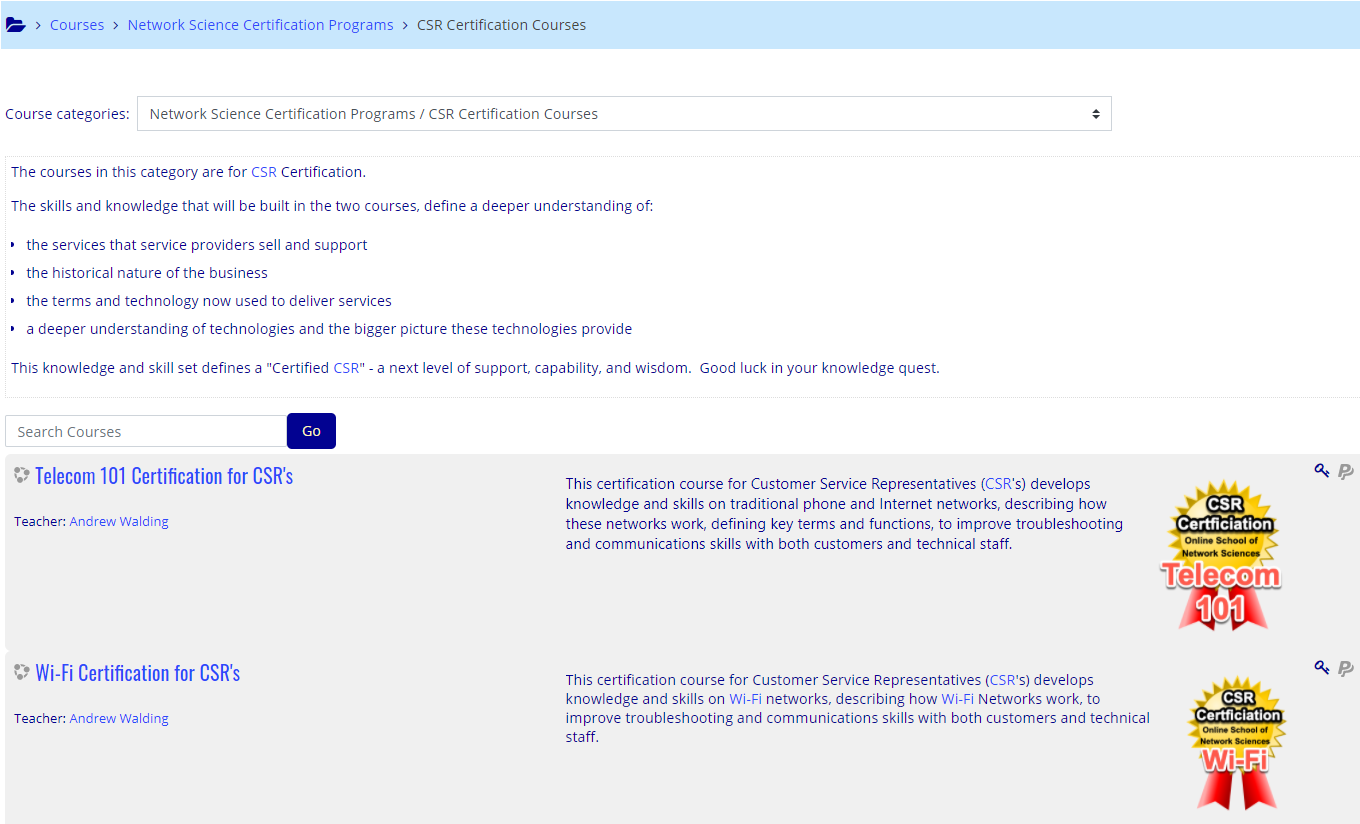
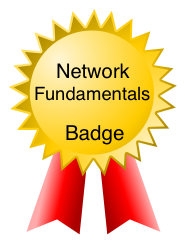
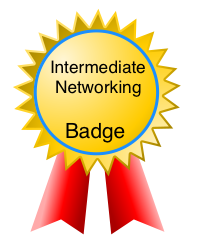
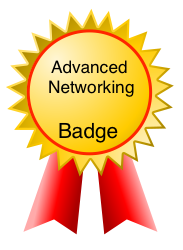
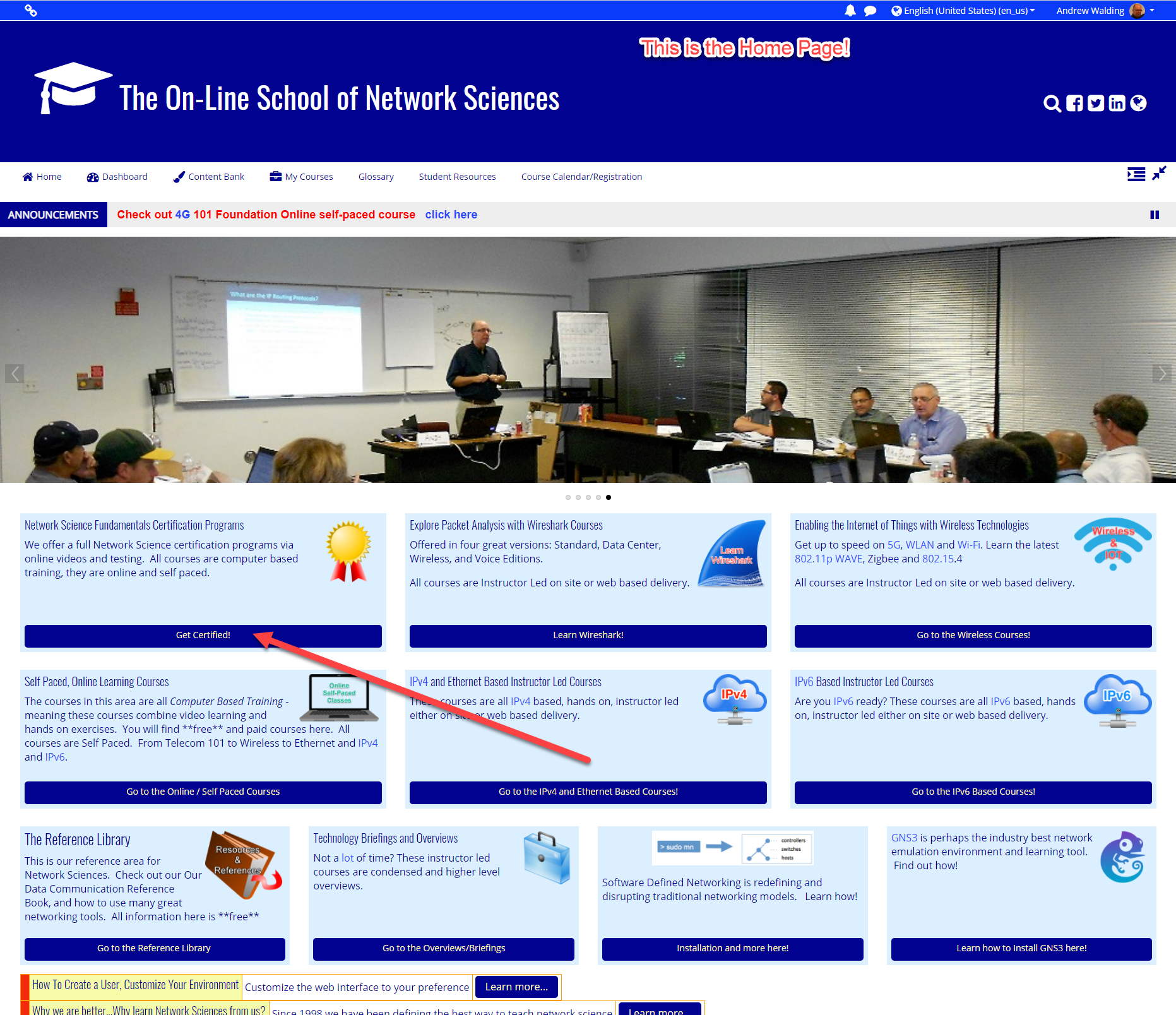
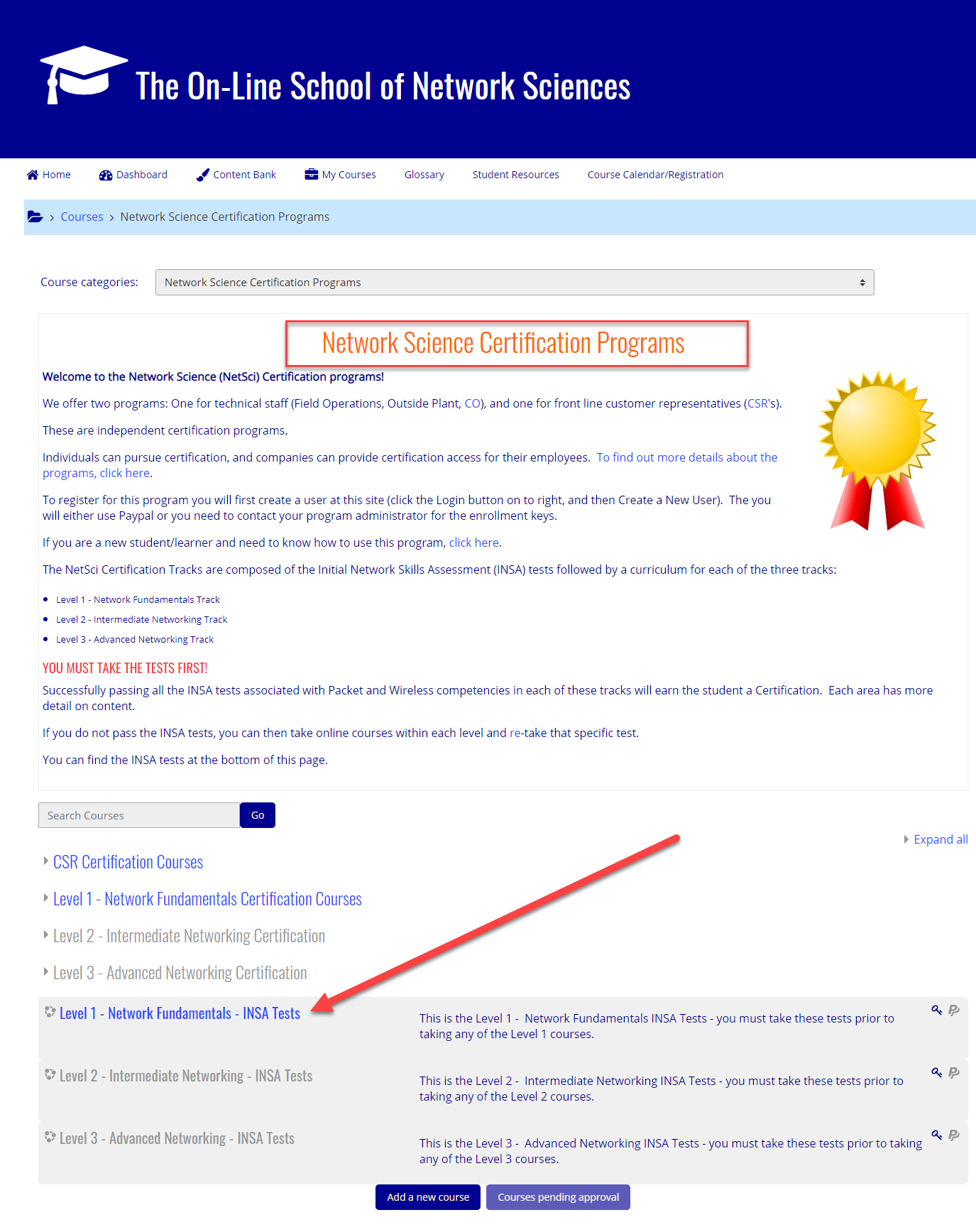
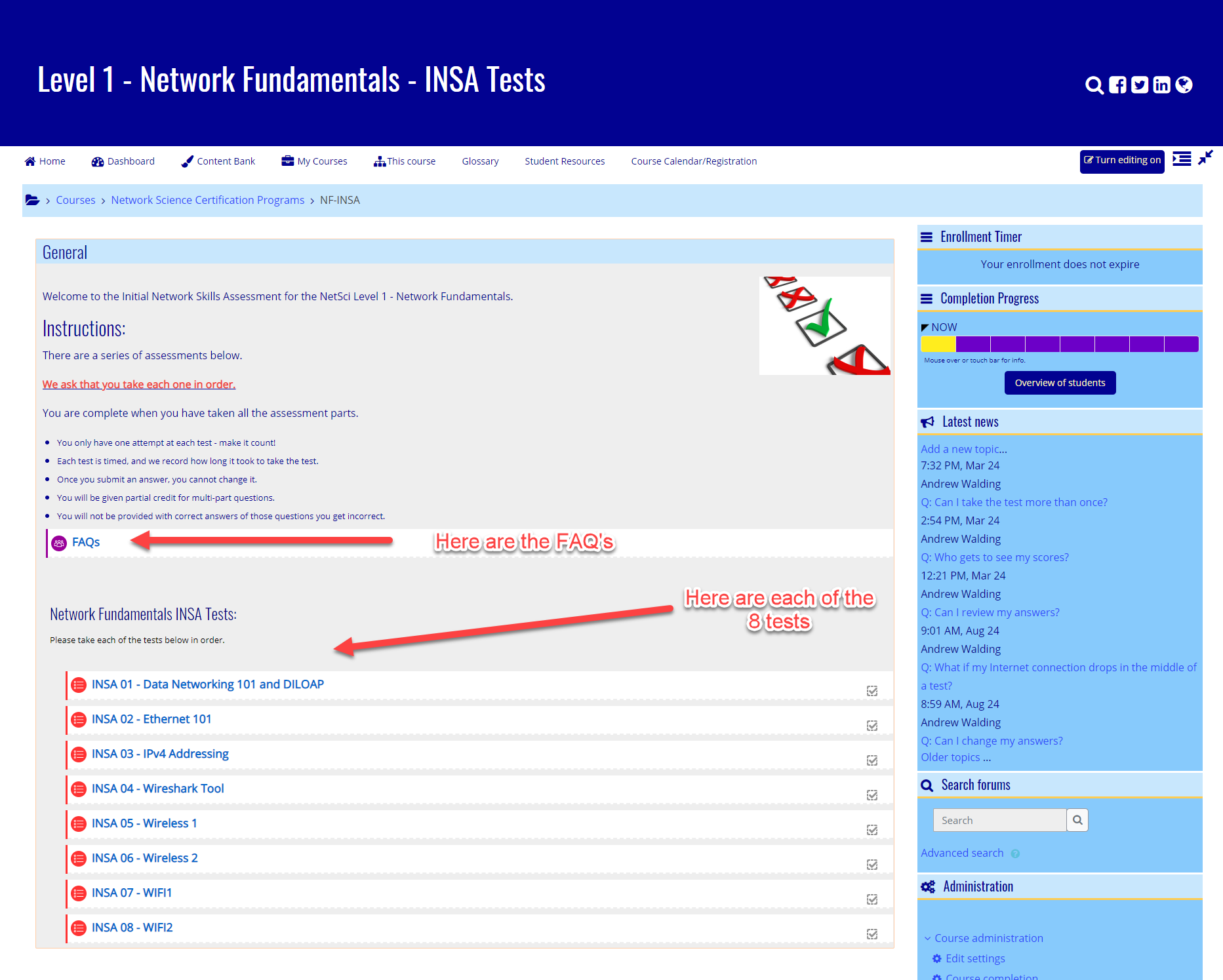
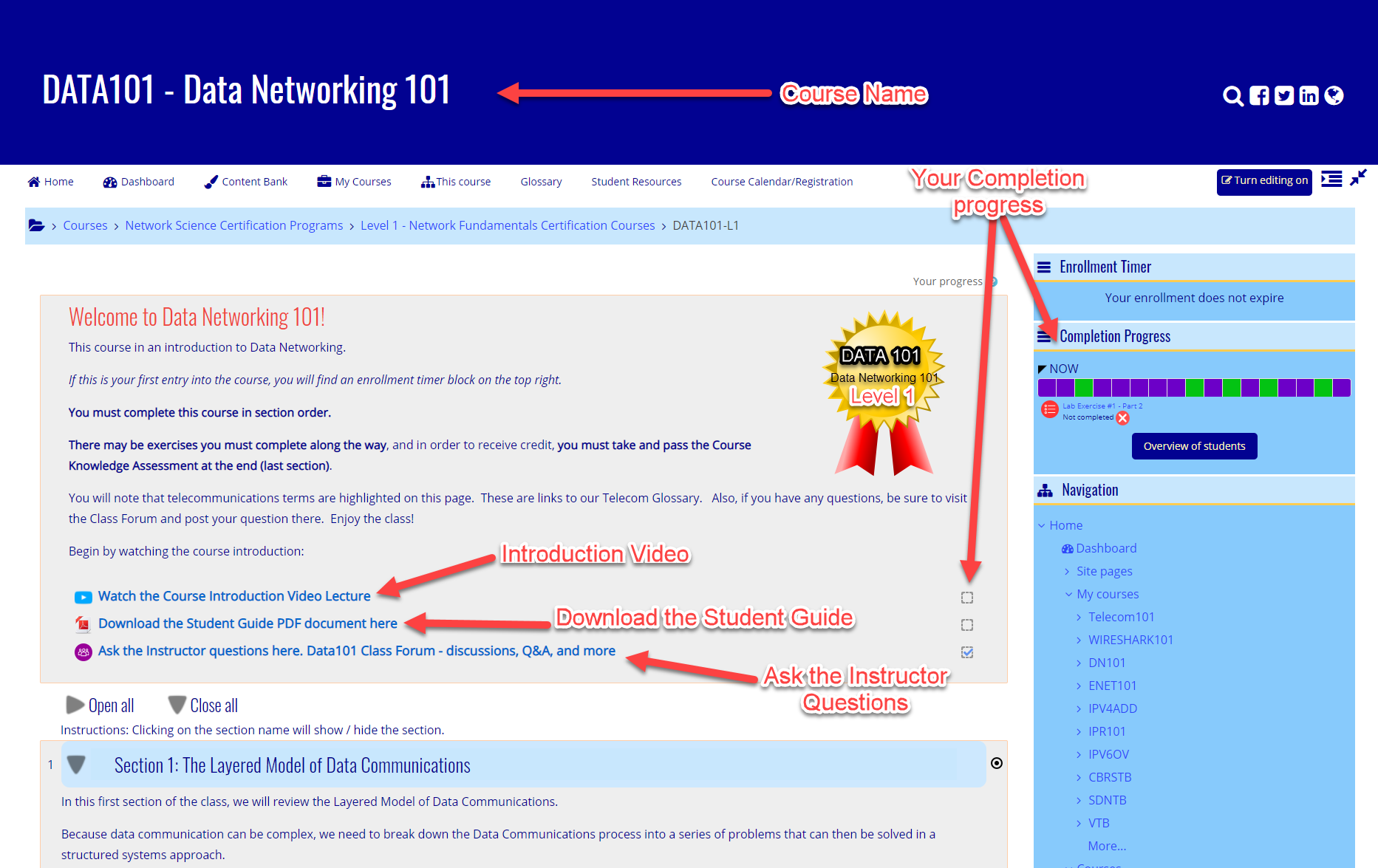

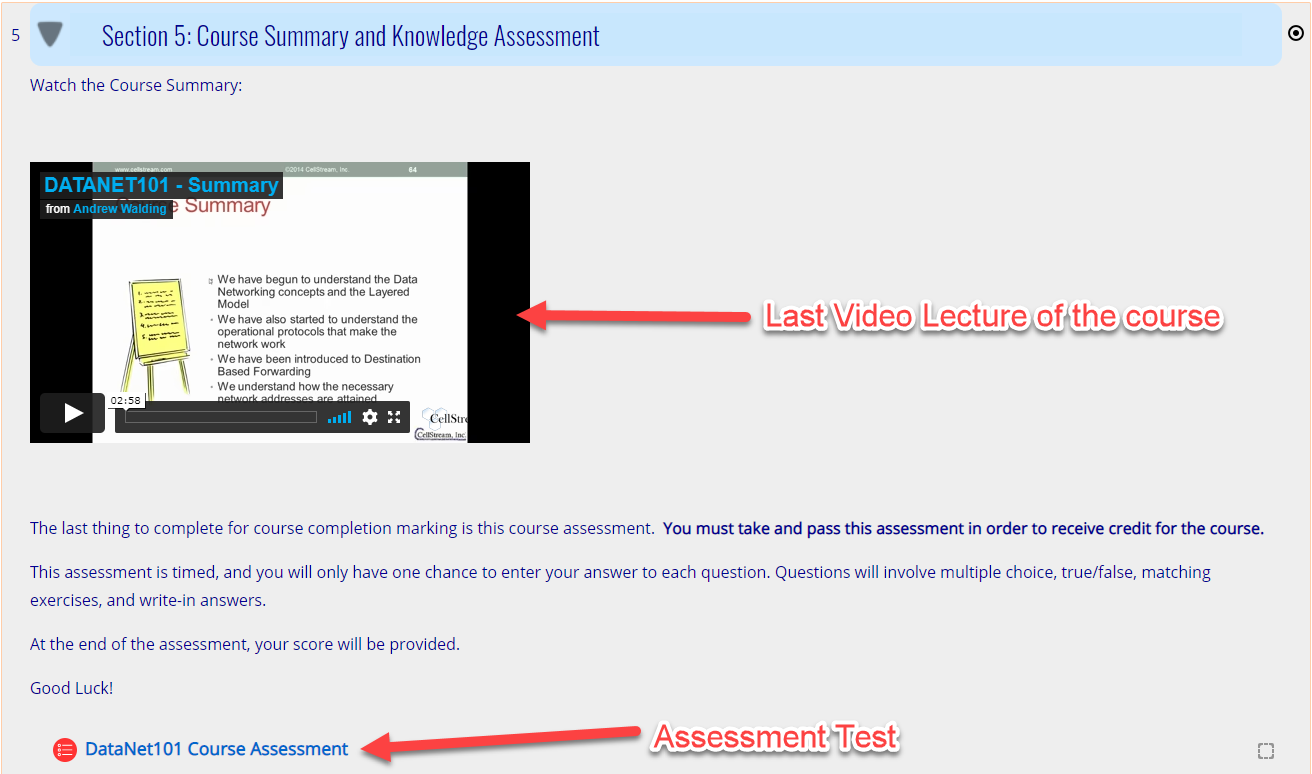


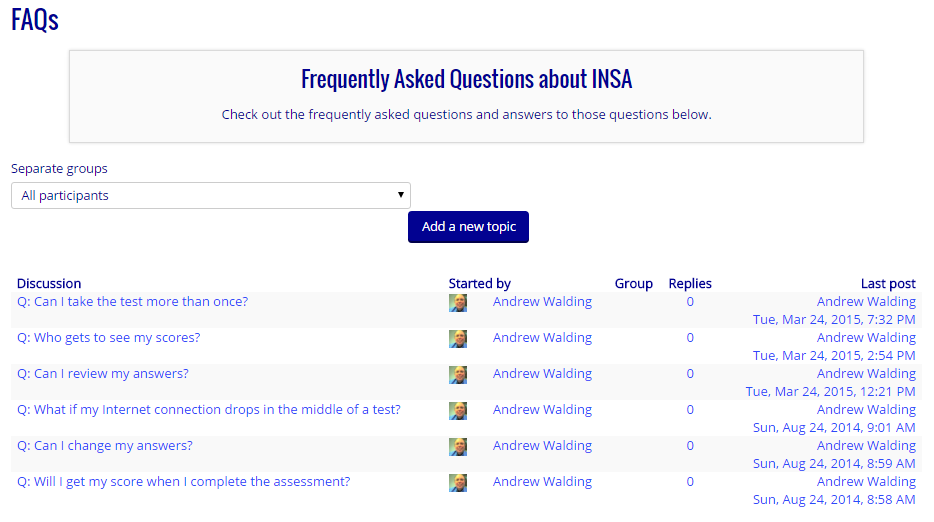



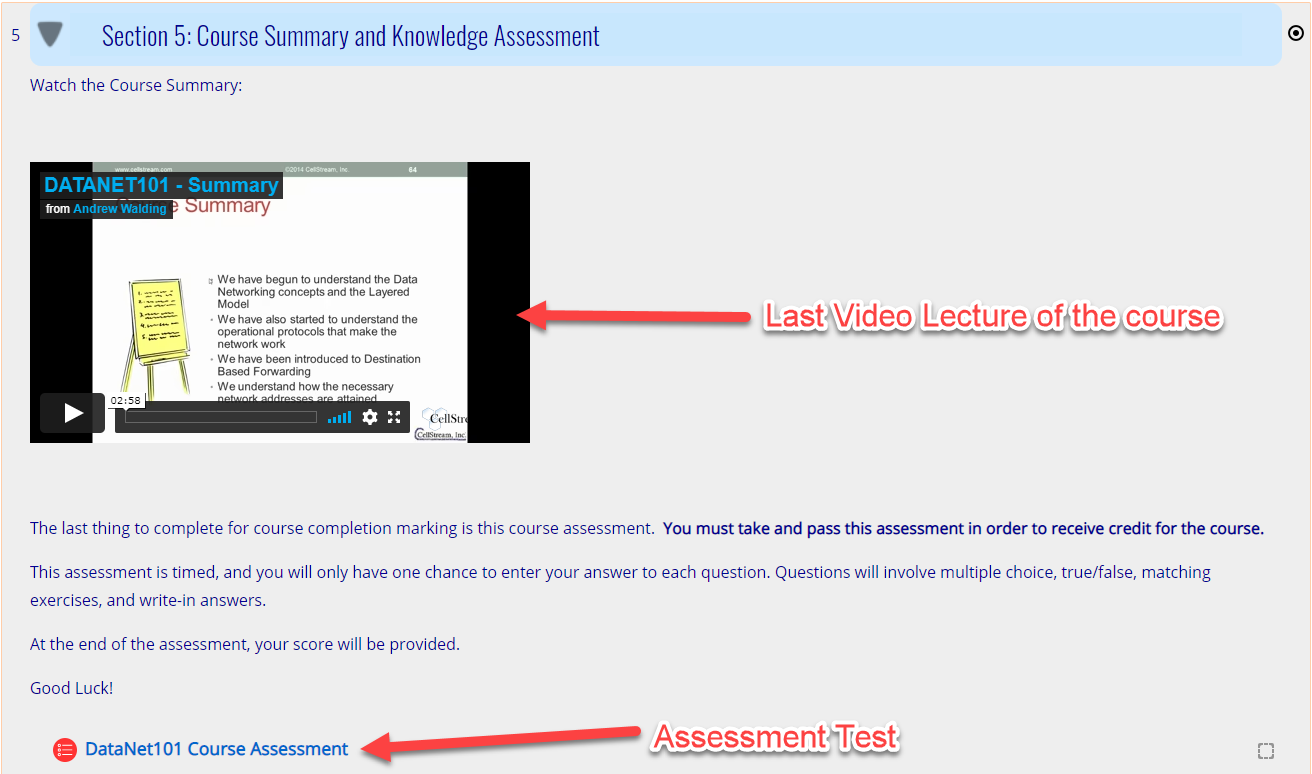










 If the learner scores 80 or above, then they have “passed” that class and they are not required to take the class. Two things will be marked: first, their score is highlighted in green indicating a passing score, and second, the cell next to that passing score will be shown as a strike through:
If the learner scores 80 or above, then they have “passed” that class and they are not required to take the class. Two things will be marked: first, their score is highlighted in green indicating a passing score, and second, the cell next to that passing score will be shown as a strike through: The yellow column in each class is the class score. If the learner has not passed the INSA test for that area, they must then enroll in the associated class. Each month we update these scores, and if they pass the test at the end of each class, that score replaces the original test score. In the example, the student scored a 60 on the initial test, then took the class, and scored a 100.
The yellow column in each class is the class score. If the learner has not passed the INSA test for that area, they must then enroll in the associated class. Each month we update these scores, and if they pass the test at the end of each class, that score replaces the original test score. In the example, the student scored a 60 on the initial test, then took the class, and scored a 100. 

